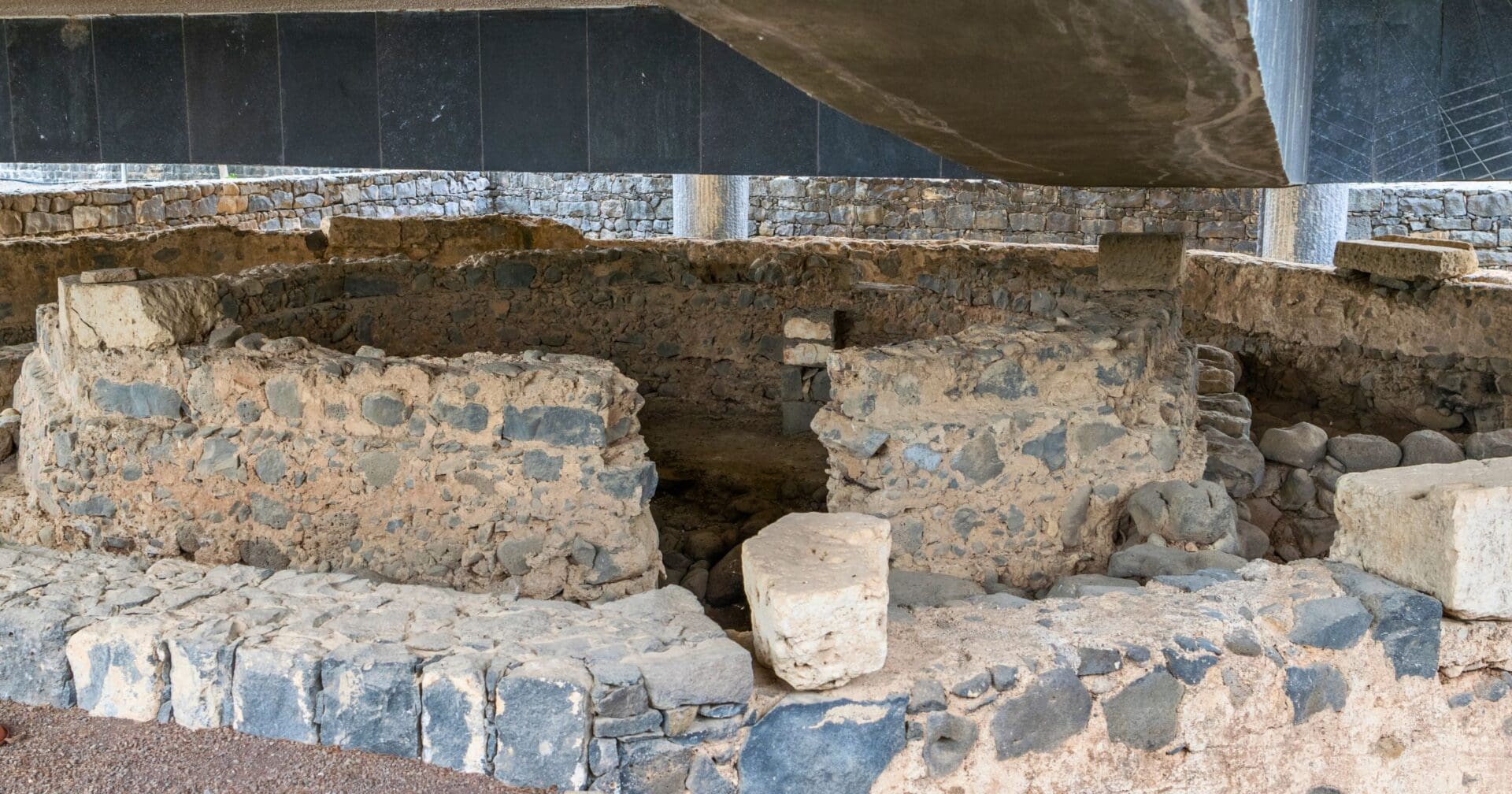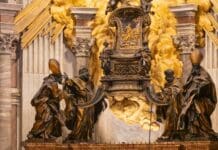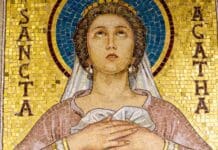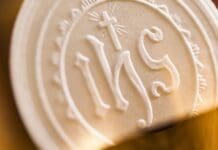As an adult, Jesus lived in a small fishing village called Capernaum on the north shore of the Sea of Galilee. It was in this city that He began his ministry, preaching in the town’s synagogue, recruiting disciples, and healing the sick.
“Then they came to Capernaum, and on the Sabbath he entered the synagogue and taught. And after getting into a boat he crossed the sea and came to his own town.” – Mark 1:21; 9:1
While we know Jesus began His ministry in a synagogue in the village of Capernaum, the Bible makes little reference to suggest where He and the disciplines lived in the village, but its most likely that He lived with Saint Peter.
“Jesus entered the house of Peter, and saw his mother-in-law lying in bed with a fever” – Matthew 8:14
The ruins of the synagogue in Capernaum has remained a popular pilgrimage site for Christians for thousands of years, after all, it is the location that Christ began his Church. However, the home of Jesus and Peter was thought to have been lost to the ages, until Italian archaeologists working in Capernaum made an amazing discovery.
In April of 1968, archaeologists began working on a octagonal Byzantine martyrium church in Capernaum. Buried under the church’s remains, they found a small house dating back to the late years of the first century BC. By all measures, it was an ordinary house and would have turned no eyes to the archaeologists if not for what had happened to the house around the middle of the first century AD. Their discovery gave incredible evidence that the house they discovered was the same that Jesus and Peter had lived in two millennia ago.
Their excavations revealed that after the ascension of Christ, the house was completely renovated. Stone walls were plastered from floor to ceiling and normal cookware was replaced with large storage jars and oil lamps. The former house had transformed into a place of gathering for early Christians. In the following centuries, the single plastered room was expanded and converted into a small hall and a new stone roof was added. The room was plastered once again and decorated with intricate artworks. Eventually, the martyrium church was built over the remains of the house, a practice that was only done over places of significant religious importance, lending credence to the house’s authenticity.
However, these pieces alone do not complete the puzzle. The most conclusive piece of evidence was found in the graffiti scratched into the stone and plaster of the walls of the house. Over a hundred inscriptions were discovered, some saying “Lord Jesus Christ help thy servant” and “Christ have mercy.” Others make mention of Peter, and often included with the text was images of crosses or boats. As a result of the archaeological findings, the house would have been the first Catholic Church ever, where Saint Peter would have held the first of many celebrations of Mass.
Photo credit: Jaroslav Girovsky / Shutterstock.com


















[…] Source: ucatholic.com […]
[…] Alleged Bombshell Over Vanished Girl ‘False & Ridiculous’ – Jn. L. Allen Jr., Crux Is This the House Where Jesus and Saint Peter Lived? – Billy Ryan, uCatholic A Dialogue on Dialogue – Fr. Dwight Longenecker, Standing on my […]